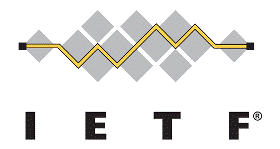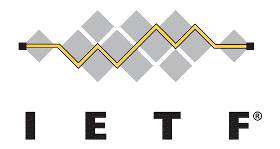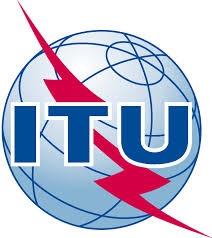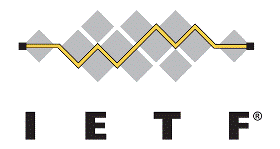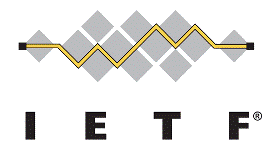IETF - RCF8066 - 6LoWPAN - IPv6 over Low-Power Wireless Personal Area Network (6LoWPAN) ESC Dispatch Code Points and Guidelines
RFC 6282 modifies the value of the ESC dispatch type and that value is recorded in IANA registry [IANA-6LoWPAN]. However, the octets and usage following the ESC dispatch type are not defined in either [RFC4944] or [RFC6282]. In recent years with 6LoWPAN deployments, implementations and standards organizations have started using the ESC extension octets. This highlights the need for an updated IANA registration policy.
This document defines the new "ESC Extension Types" registry and the ESC extension octets for future applications. In addition, this document records the ITU-T specification for ESC dispatch octet code points as an existing known usage.
